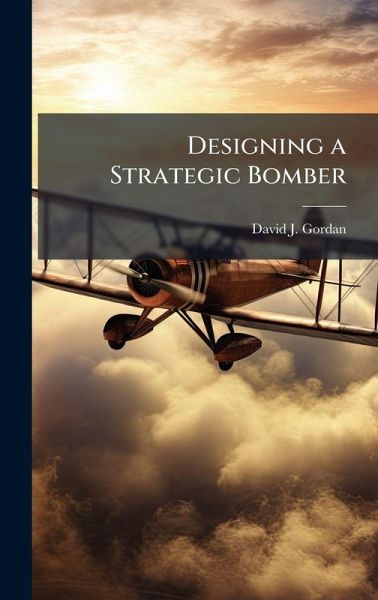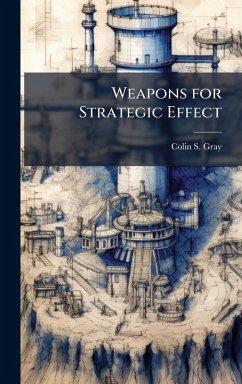
Designing a Strategic Bomber
Versandkostenfrei!
Versandfertig in über 4 Wochen
27,99 €
inkl. MwSt.
Weitere Ausgaben:

PAYBACK Punkte
14 °P sammeln!
Developing a strategic bomber in today's budget constrained environment is a challenging prospect. The design requirements must address conflict across the spectrum and remain relevant regardless of the enemy America faces. The operational concept for strategic bombers must address a multitude of considerations despite the complexity of a changing environment. The key to enduring relevancy is operational adaptability through flexible organizations, tactics, and technology. This monograph examined the employment of strategic bombers during three campaigns: B-29 operations in the Pacific Theater...
Developing a strategic bomber in today's budget constrained environment is a challenging prospect. The design requirements must address conflict across the spectrum and remain relevant regardless of the enemy America faces. The operational concept for strategic bombers must address a multitude of considerations despite the complexity of a changing environment. The key to enduring relevancy is operational adaptability through flexible organizations, tactics, and technology. This monograph examined the employment of strategic bombers during three campaigns: B-29 operations in the Pacific Theater, B-52 operations during Desert Storm, and strategic bomber operations during Operation Enduring Freedom. This examination revealed that the Air Force modified the technology and tactics employed by strategic bomber crews during the course of each campaign. The operational concept for strategic bombers has evolved over time. Air Force leaders must strive for complete knowledge of the enemy and operational environment, but assume that they will never achieve complete understanding. To overcome this limitation, the Air Force must design flexibility into the organizations, tactics, and technology they use to execute strategic bomber operations. This work has been selected by scholars as being culturally important, and is part of the knowledge base of civilization as we know it. This work was reproduced from the original artifact, and remains as true to the original work as possible. Therefore, you will see the original copyright references, library stamps (as most of these works have been housed in our most important libraries around the world), and other notations in the work. This work is in the public domain in the United States of America, and possibly other nations. Within the United States, you may freely copy and distribute this work, as no entity (individual or corporate) has a copyright on the body of the work. As a reproduction of a historical artifact, this work may contain missing or blurred pages, poor pictures, errant marks, etc. Scholars believe, and we concur, that this work is important enough to be preserved, reproduced, and made generally available to the public. We appreciate your support of the preservation process, and thank you for being an important part of keeping this knowledge alive and relevant.












